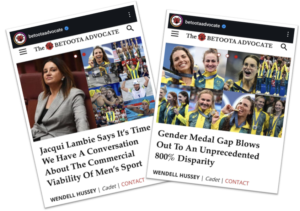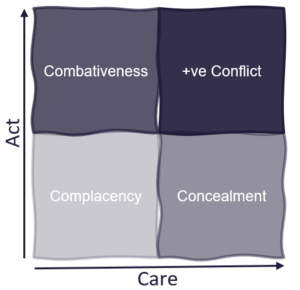As someone who has spent years in the trenches working alongside leaders, I’ve seen it all—from the quietly disruptive director to the chair who shies away from any hint of discord. If there’s one thing I’ve learned, it’s that conflict is not something to avoid. When approached with the right mindset, conflict can be one of the most powerful tools in a governing body’s arsenal.
During a recent BoardPro webinar on ‘Difficult conversations with difficult directors’, I had the opportunity to discuss these issues alongside colleagues Lynda Carroll and Simon Telfer.
We often picture the ideal boardroom or C-Suite as a place where everyone gets along, decisions are made smoothly, and challenges are easily overcome. But let’s be honest—this idyllic scenario rarely exists. More often than not, governing bodies are a melting pot of diverse opinions, strong personalities, and conflicting interests. And that’s okay!
Conflict isn’t inherently bad. In fact, it’s necessary for effective functioning. Without conflict, you risk falling into the trap of groupthink, where everyone agrees too easily, and critical issues are swept under the rug.
The real challenge is how you manage that conflict. Do you allow it to fester and disrupt, or do you harness it to foster growth and innovation?
In my work as a negotiation and conflict specialist, I’ve come to see conflict as akin to sandpaper—it’s not inherently good or bad, and it’s useful for smoothing out rough edges, but if not handled properly it will cause damage.
Positive Conflict doesn’t happen by accident. It requires a culture that values open dialogue and respects differing opinions. When boards and leadership teams embrace positive conflict, they open the door to robust debate, creative solutions, and stronger governance. It’s about creating an environment where people feel safe expressing their views, knowing their contributions will be heard and respected.
The ability to navigate conflict is not just a discretionary skill for leaders—it’s essential. Whether you’re a chair, a director, or an executive, embracing conflict and learning how to manage it constructively is absolutely a leadership capability.
If you’re ready to take these principles to the next level, I can help.
Leadership teams and boards thrive when they’re not afraid to face conflict head-on. The next time you find yourself in a tough conversation, remember: the greatest opportunities often lie on the other side of conflict.
Here’s the link if you’d like to watch the full webinar: ‘Difficult conversations with difficult directors’.









